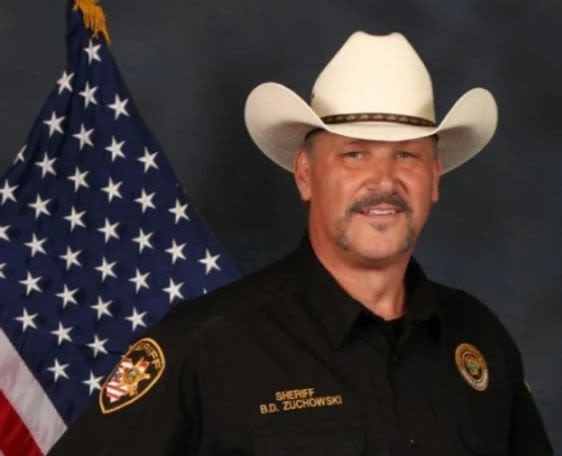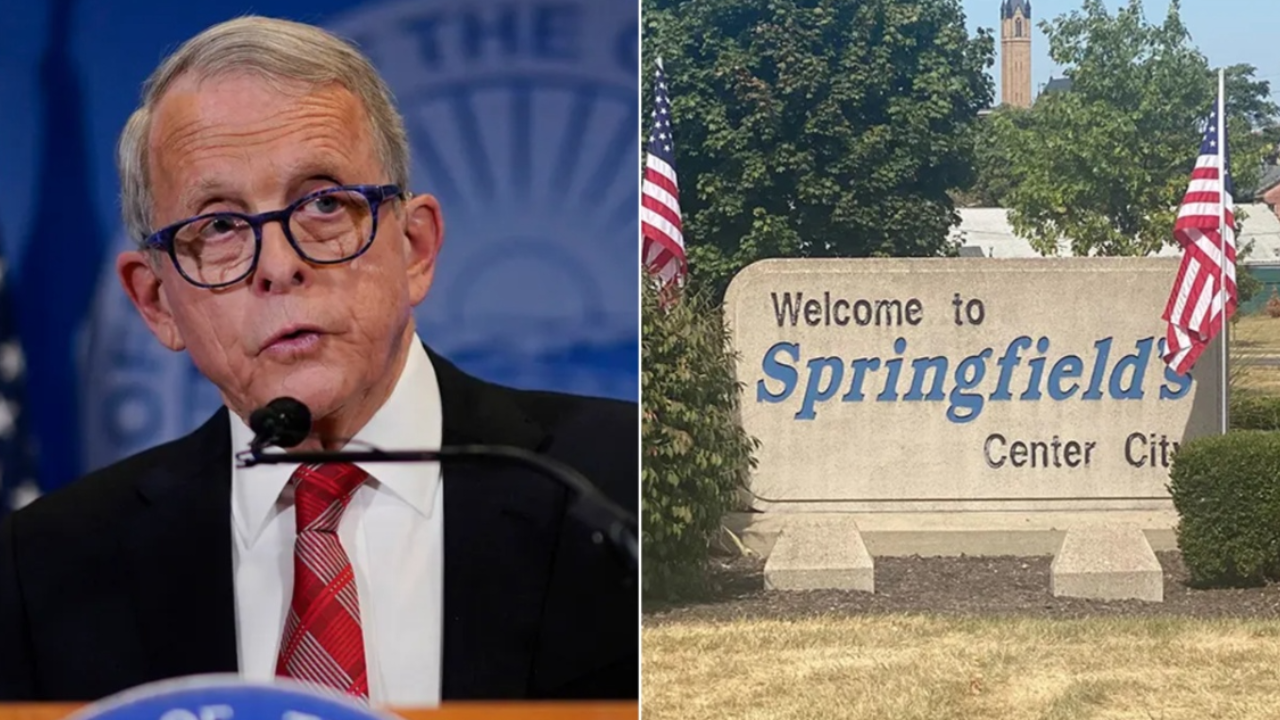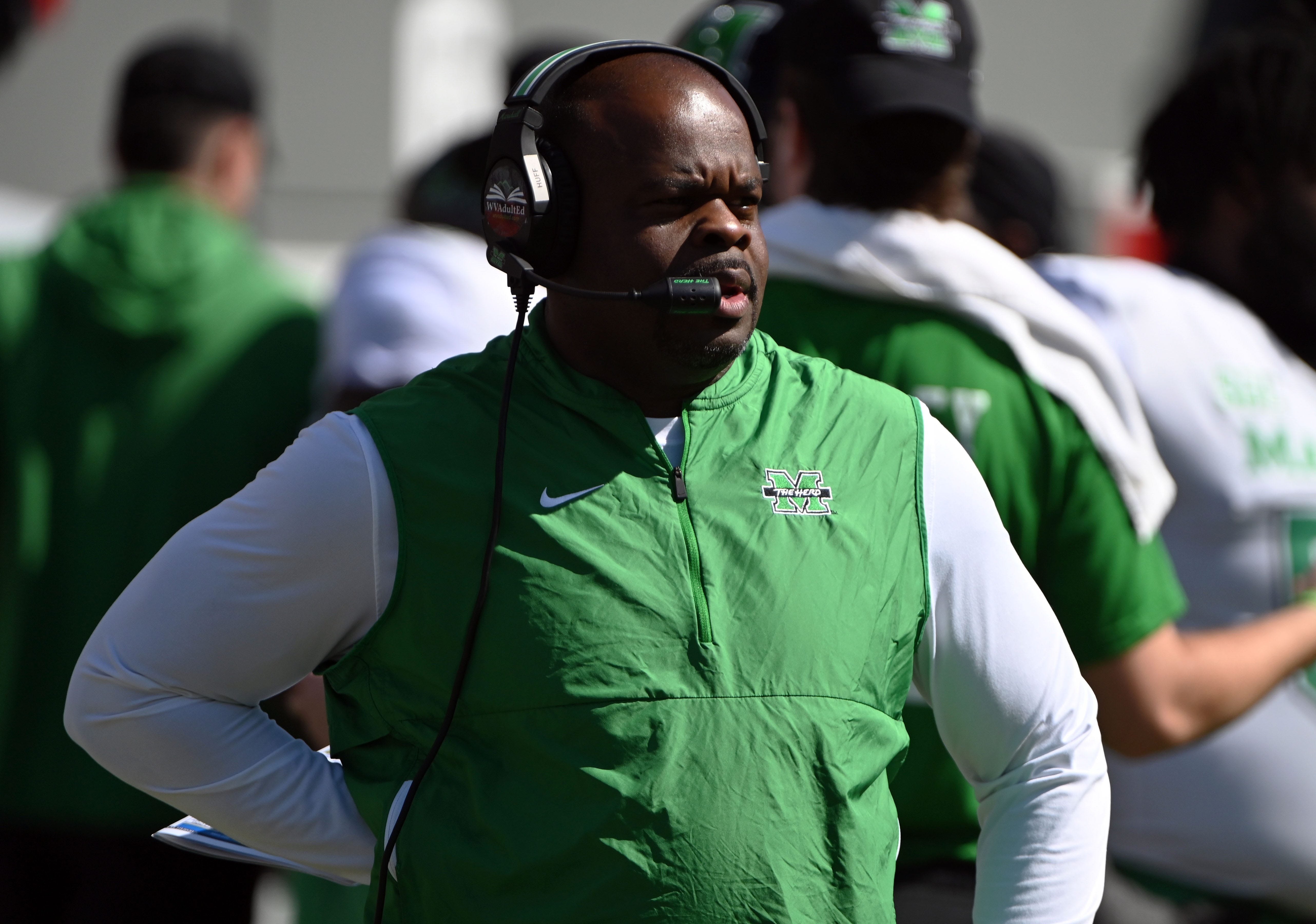Search results
News about Ohio, Kamala Harris, addresses
News about Springfield, Ohio, Haitian immigrants
News about Ohio State, Jeremiah Smith, Marshall Thundering Herd
News about Broadway theatre, Ohio, Columbus metropolitan area
Of the 50 U.S. states, it is the 34th-largest by area. With a population of nearly 11.8 million, Ohio is the seventh-most populous and tenth-most densely populated state. Its capital and most populous city is Columbus, with other large population centers including Cleveland, Cincinnati, Dayton, Akron, and Toledo.
Counties of Ohio. There are 88 counties in the U.S. state of Ohio. Nine of them existed at the time of the Ohio Constitutional Convention in 1802. [1] A tenth county, Wayne, was established on August 15, 1796, and encompassed roughly the present state of Michigan. [2]
Downtown Cincinnati in 2010. The history of Ohio as a state began when the Northwest Territory was divided in 1800, and the remainder reorganized for admission to the union on March 1, 1803, as the 17th state of the United States.
Columbus (/ kəˈlʌmbəs /, kə-LUM-bəs) is the capital and most populous city of the U.S. state of Ohio. With a 2020 census population of 905,748, [10] it is the 14th-most populous city in the U.S., the second-most populous city in the Midwest (after only Chicago), and the third-most populous U.S. state capital, after only Phoenix, Arizona ...
Ohio (/ oʊˈhaɪ.oʊ / ⓘ oh-HY-oh) is a state in the Midwestern region of the United States. It borders Lake Erie to the north, Pennsylvania to the east, West Virginia to the southeast, Kentucky to the southwest, Indiana to the west, and Michigan to the northwest. Of the 50 U.S. states, it is the 34th-largest by area.
2 days ago · Ohio, constituent state of the U.S. It is bordered by Lake Erie and Michigan to the north, Pennsylvania to the east, West Virginia and Kentucky to the south, and Indiana to the west. Ohio ranks 34th in terms of total area among the 50 states, and it is one of the smallest states west of the Appalachian Mountains.
Jul 23, 2024 · Ohio, a U.S. state since 1803, has sent seven presidents to the White House and is home to the rock and roll and National Football League halls of fame.
Ohio (nicknamed The Buckeye State) [12] is one of the 50 states in the United States. Its capital is Columbus, which is also the largest city in Ohio. Other large cities in Ohio are Cleveland, Cincinnati, Dayton, Akron, Toledo, and Youngstown.
Ohio (nicknamed The Buckeye State) is one of the 50 states in the United States. Its capital is Columbus, which is also the largest city in Ohio.
Ohio – seventh most populous of the 50 states of the United States of America. Ohio lies between the Ohio River and Lake Erie in the Midwestern United States. The United States created the Territory Northwest of the River Ohio on July 13, 1787. Ohio joined the Union as the 17th state effective as of March 1, 1803.







